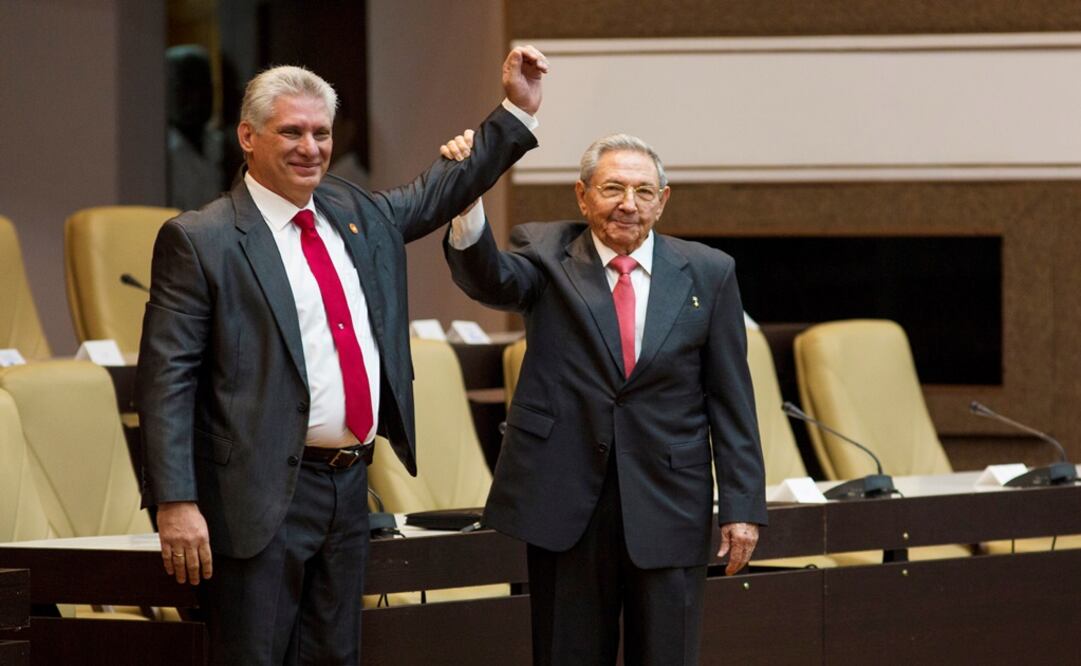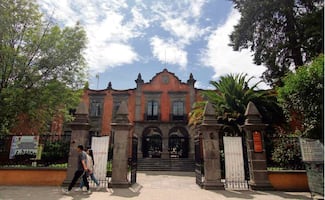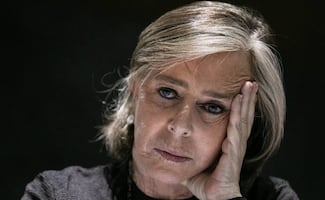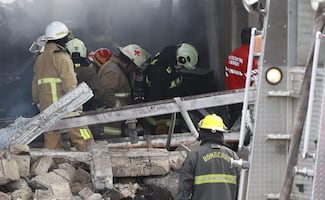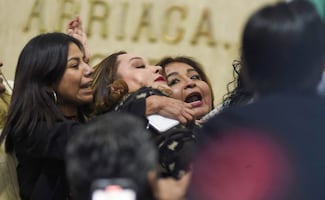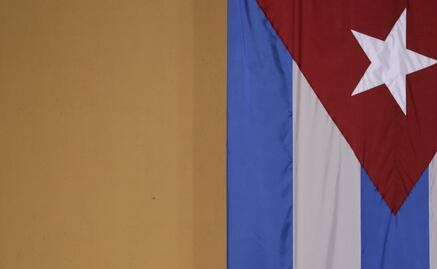Más Información

Harfuch sostiene llamada telefónica con el ministro de Seguridad canadiense; acuerdan fortalecer Plan de Acción Canadá–México
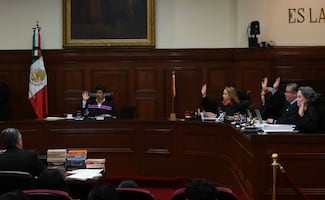
Corte perfila iniciar 2026 con tema del aborto; plantea anular reducción de 12 a 6 semanas para interrumpir el embarazo

Jueza cancela audiencia del caso María Amparo Casar; FGR deberá continuar acusación ante juez del Reclusorio Norte
As the late historic revolutionary leader Fidel Castro would have wished, the National Assembly of the People’s Power elected on April 18 Cuba’s First Vice President Miguel Díaz-Canel to replace 87-year-old President Raúl Castro , setting the stage for a possible smooth transition to a more open economic and political system in the Caribbean island.
Raúl Castro
, who took over as leader in 2006 after his older brother Fidel fell ill, stepped down in observance of the two-term limit for senior government and Communist Party officials that he himself mandated in 2011 .
Díaz-Canel
, long-heralded as his designated successor, is now at least symbolically in charge of a country facing serious challenges to modernize its economy and maintain the social stability in a complex international environment, due to the renewed American hostility and the ravaging effects of the crisis in Venezuela , Havana’s main ally.
Yet do not expect dramatic changes in Cuba, the proper nature of Díaz-Canel’s ascent to power speaks by itself of a strategy outlined by his mentor Raúl Castro with the phrase “without haste, but without pause .”
Castro
remains First Secretary of the party’s Central Committee until 2021 , a post more influential than the presidency and tasked with the responsibility of all major economic, social and foreign relations policies which the government is obliged to carry out.
He is also retaining his role in the military ( Revolutionary Armed Forces ), which he has commanded since rebel victory over the Batista Regime in 1959 .
During a recent visit to Mexico, several Cuban journalists described to EL UNIVERSAL English the apathetic and grim mood prevailing in Havana prior to the election of Díaz-Canel , seen as an unknown member of the party’s Nomenklatura ( high-level, Soviet-style bureaucracy ) whose merits are loyalty and closeness to Castro.
“There is little interest in this transition because no one is expecting a real change”, a reporter said.
Another journalist talked about the lack of organization among the dissidents, the frustration over the brief rapprochement with the United States aborted by the Trump administration and the failure to attract foreign investment and jobs with some reformist measures, such as the establishment of a Special Economic Zone on Mariel Port .
The Vietnamese model
There has been a long-standing debate about the pace and scope of the reforms; at this point it is very clear that Raúl Castro decided to follow the Vietnamese model of a cautious and gradual opening in economic terms within a closed authoritarian political system , instead of the Chinese model of sweeping free-market reforms and fast development, while preserving the party’s hegemony.
The boom of the tourism industry in the last 10 years has contributed to government’s efforts to create a functioning private sector and Cuba has now nearly 600,000 small business owned by entrepreneurs from which four in 10 workers belong to the private sector and public criticism of the regime has grown on the Internet.
Despite the reinvigorated U.S. hard line toward the island, led by Republican Senator Marco Rubio , Secretary of State Mike Pompeo , and National Security Adviser John Bolton , this year both countries approved an expansion of U.S. commercial air and ship travel to Cuba.
Born in Placetas , Villa Clara province , 15 months after the revolutionary triumph—80% of the Cubans have always had a Castro as their President— Díaz-Canel , “n ot an upstart nor an improvised ,” according to Raúl’s words, slowly worked his way from local posts, was deployed to support the Sandinista government in Nicaragua during the 80s and rose to the Higher Education ministry in 2009; he receives a nation of 11 million inhabitants enjoying high literacy and health rates, stranger to the common Latin American drug addiction, violence, and organised crime problems, yet in need to revitalise its isolated economy.
Raúl Castro has said that currency reunification cannot be delayed any longer, after Fidel, responding to the end of Russian aid, imposed in 1994 a dual-peso system to attract cash remittances from the 2 million Cubans abroad—they send more than USD $3 billion a year to their families in the island—and the same can be said about boosting the GDP, the exports and the state wages, now at a meagre USD $20 a month.
More by
Noticias según tus intereses
[Publicidad]
[Publicidad]




